The outbreak of Coronavirus and its Implications
The outbreak of Coronavirus in the Chinese city of Wuhan, which has already killed more than 200 people in the country while affecting 9000 others,
The outbreak of Coronavirus in the Chinese city of Wuhan, which has already killed more than 200 people in the country while affecting 9000 others,

These trying times have severely affected many emerging-market economies and the countries will need to be innovative and highly targeted with limited funding.

Currently, the COVID-19 crisis is the worst health emergency the world is witnessing. The worst toll it has taken is on the economy. The US

Last weekend, OPEC+
countries agreed on cutting outputs to stabilize the dramatic slide in prices. This deal was
supposed to keep the oil from flooding the market until the demand was returned to its normal
levels.
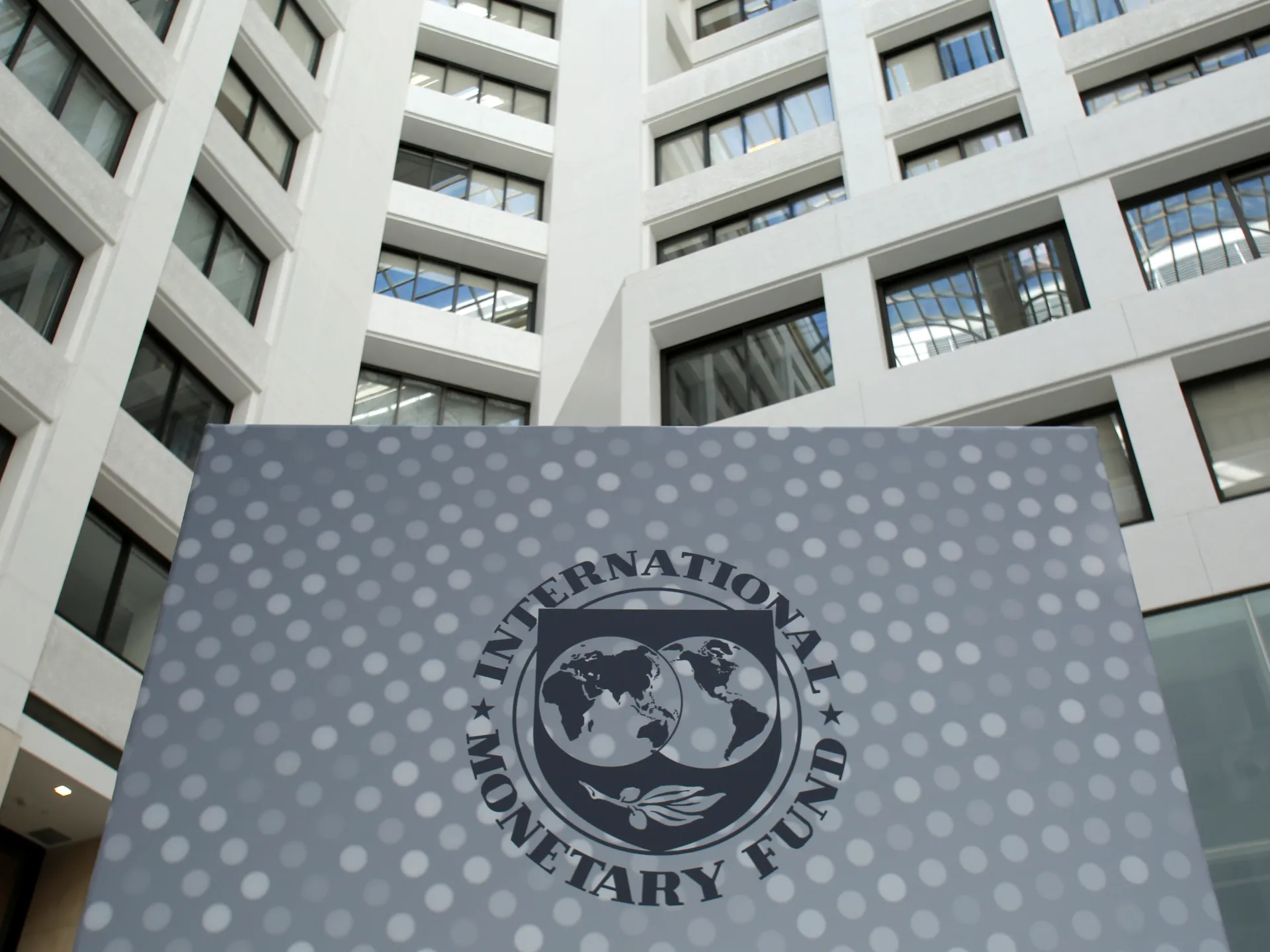
Due to the uncertainty looming over the global economy, the International Monetary Fund has quashed its economic forecasts once again.
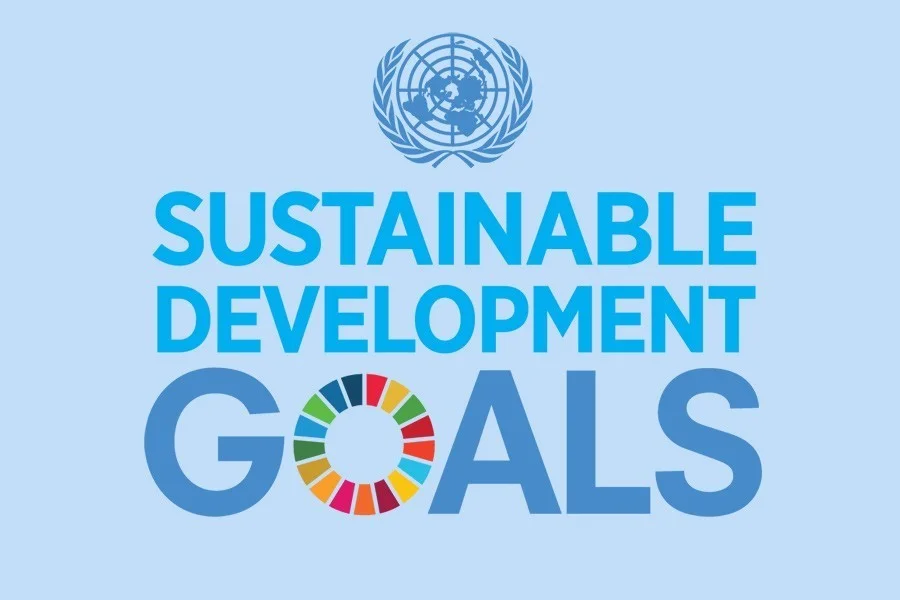
The (EPI) scorecard is calculated every year to analyze the performance of different countries in adhering to UN (SDGs) on the ecological paradigm.
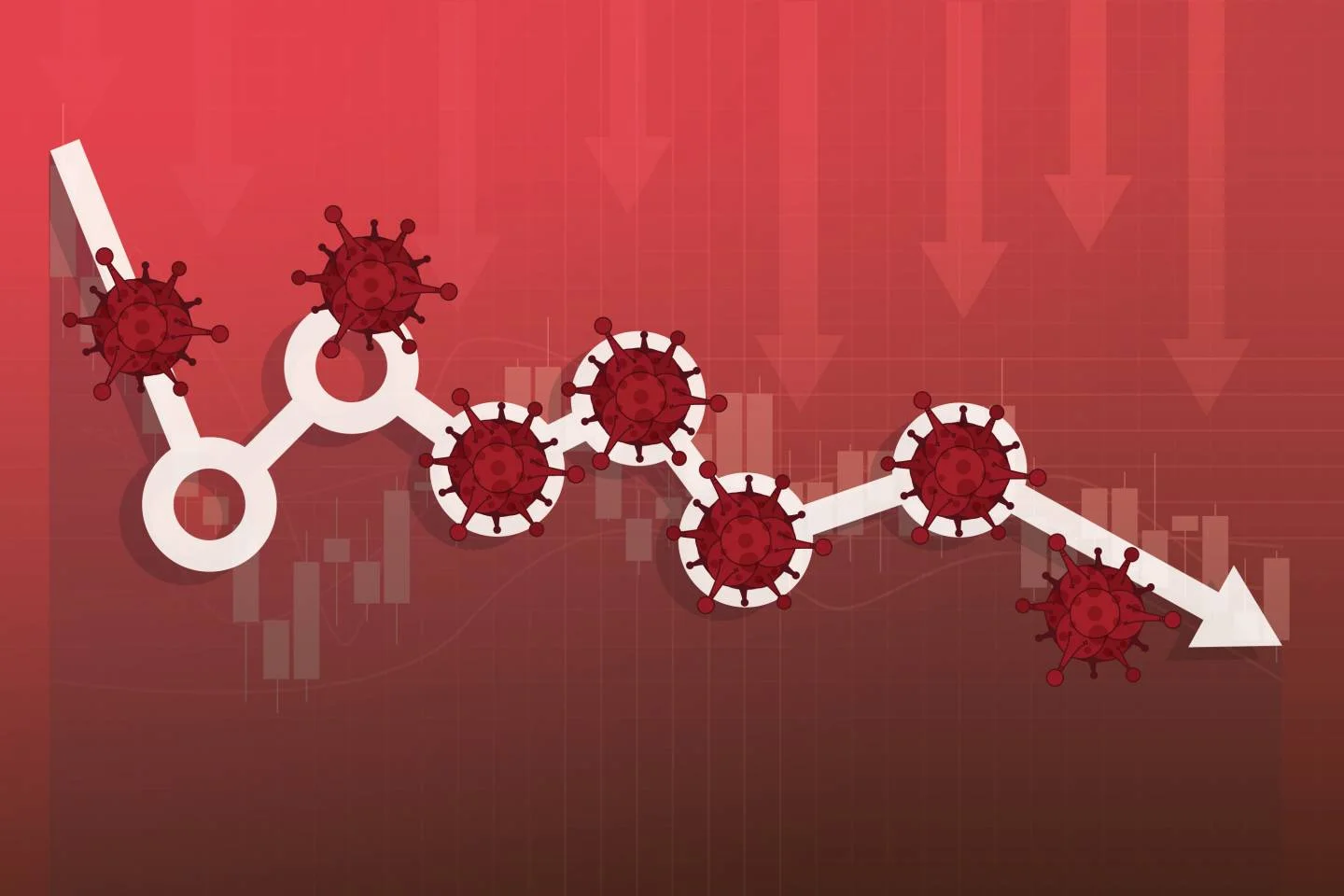
The extension of the lockdown by the government has severe repercussions for the economy as it would deteriorate India’s GDP forecast for FY2020, to a

There are two important components of an economic response to this pandemic outbreak. The first is building infrastructures like hospital facilities and quarantine facilities, preparing the staff to deal with the SOPs and procuring equipment. The second component is to adopt policies that help mitigate the economic repercussions of social distancing.
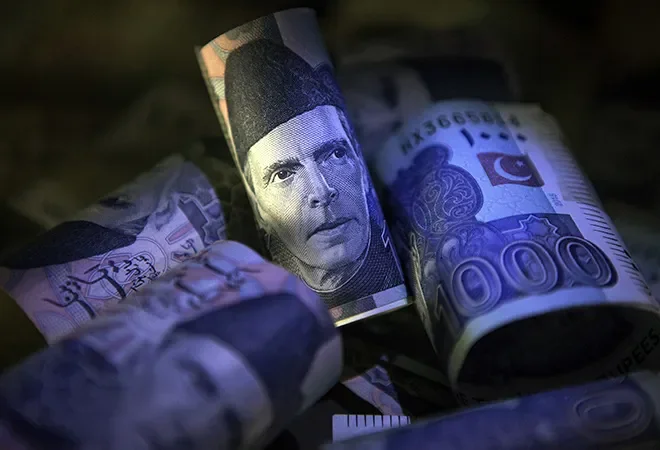
An analysis of what the Pakistan Budget 2020-21 and the Pakistani Economy looks like for the financial year, as per our Economic team member
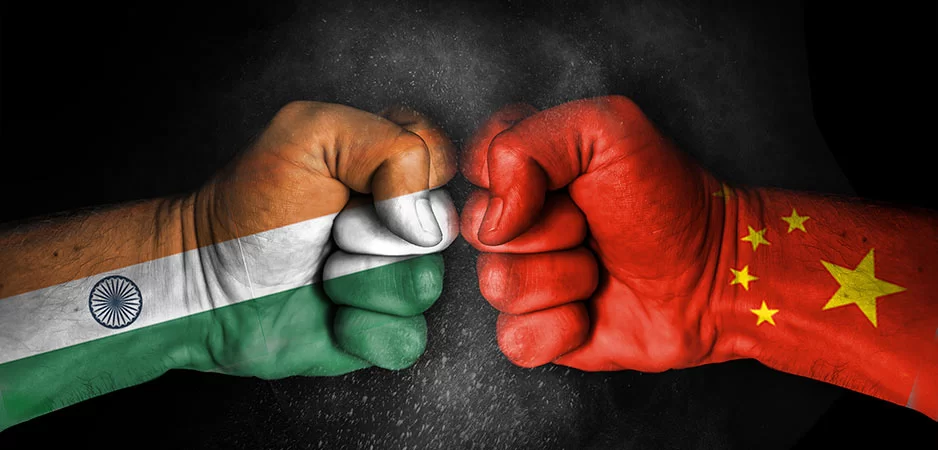
The clash between India and China last week was the worst in the last 45 years. India’s economic realities of a war with China could lead to devastating economic repercussions for both countries.